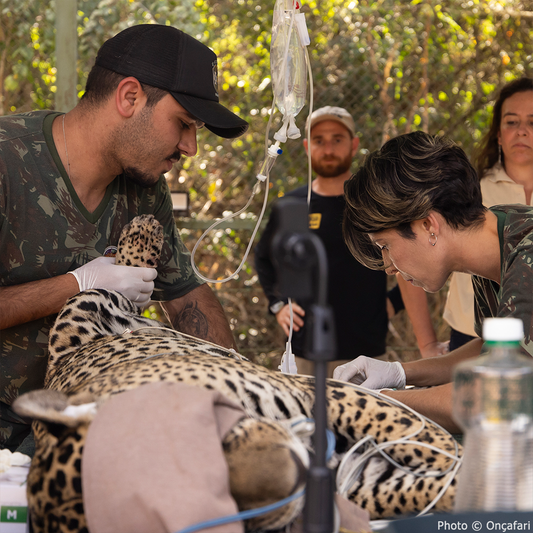Most of the Earth's Land Projected to Have Increased Human-Wildlife Overlap By 2070
Michelle Milliken
Adobe Stock / sebastiangora
Habitat loss threatens species survival, biodiversity, and the environmental benefits of the animals experiencing it. It can also lead to increased risk of zoonotic diseases. New research shows that in 50 years, this may be even more of a concern.
University of Michigan researchers recently analyzed published forecasts on where animals and people will be living in 2070 to determine how widespread human-animal overlap will be compared to today. The findings, published in the journal Science Advances, show that there will be an increase in overlap across 56.6% of the Earth’s surface but a decrease across only 11.8% of land. This was also found to relate primarily to human population density, not climate change.

Neil Carter, the study’s lead researcher and associate professor of environment and sustainability, says, “In many places around the world, more people will interact with wildlife in the coming decades and often those wildlife communities will comprise different kinds of animals than the ones that live there now. This means that all sorts of novel interactions, good and bad, between people and wildlife will emerge in the near future.”
While there are some limitations to these forecasts, the researchers say their work provides conservationists and land use planners an idea of where these interaction hot spots and cold spots will be in the future, which allows some time to consider conservation plans and how to balance them with the needs of people.

The majority of impacted areas are those already experiencing high population density, but forests in Africa and South America are also projected to see more overlap. That could threaten the biodiversity in these areas. The study showed that mammal richness in South America may go down by 33%; for amphibians, 45%; for reptiles, 40%; and for birds, 37%. Meanwhile, mammal and bird richness may go down in Africa by 21% and 26%, respectively.
The researchers say their study serves as a warning that these areas could experience habitat degradation, human wildlife-conflict, or biodiversity loss. There could also be changes in the structure, behavior, and function of animals in these ecosystems. At the same time, close proximity to farms can also allow wildlife to provide benefits to farmers, primarily through pest control.
The team is optimistic that this knowledge can be used to make sure planning works for everyone.

Carter says, “We care a lot about which areas can support populations of endangered species, like tigers, and how human communities interact with these species. In some places it’s going to be really hard to do everything at once: to grow crops and have urban areas and protect these species and their habitats. But if we can start planning now, we have a lot of tools to help us promote sustainable coexistence.”
Michelle has a journalism degree and has spent more than seven years working in broadcast news. She's also been known to write some silly stuff for humor websites. When she's not writing, she's probably getting lost in nature, with a fully-stocked backpack, of course.




















